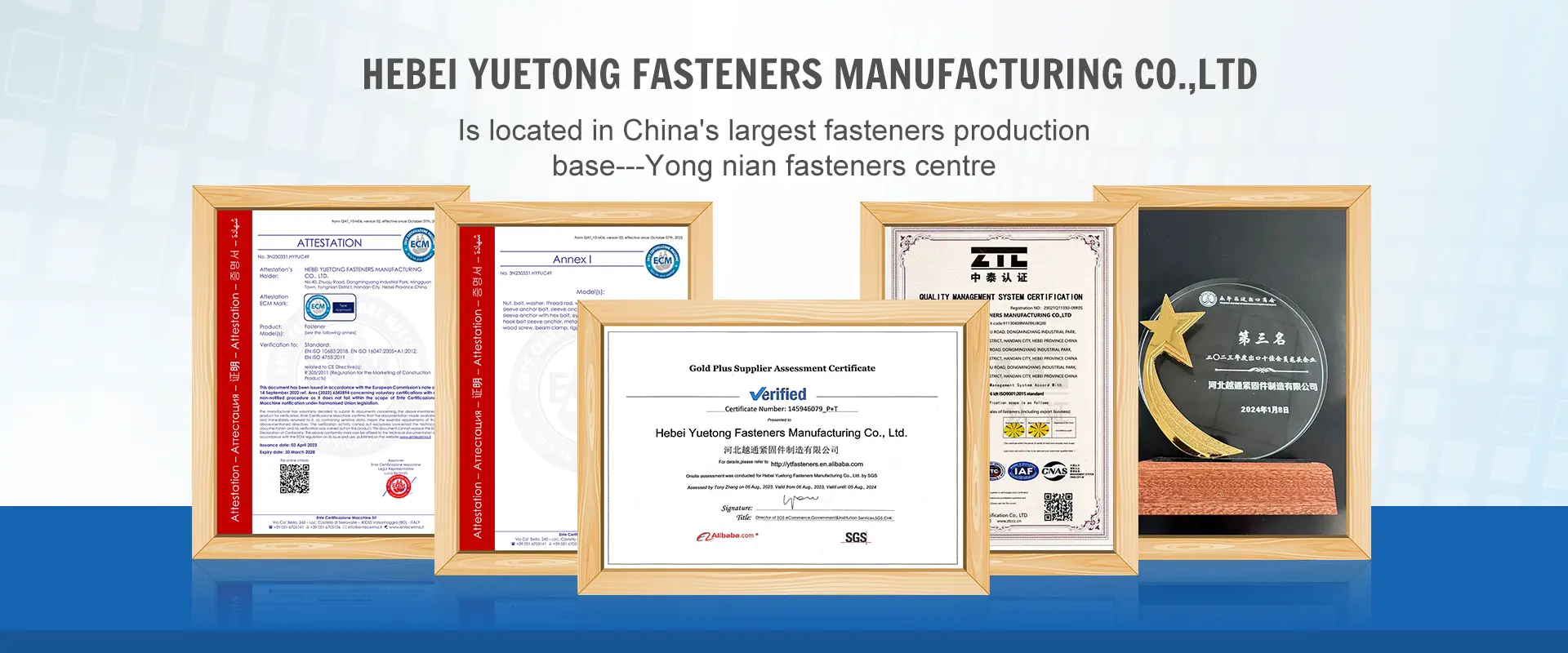dec . 07, 2024 08:41 Back to list
cutting a threaded rod
Cutting a Threaded Rod A Comprehensive Guide
Cutting a threaded rod might seem like a straightforward task, yet it requires specific techniques and precautions to ensure that the process is efficient, safe, and delivers the desired results. Threaded rods are commonly used in construction, plumbing, and various mechanical applications, providing a reliable means of joining components. In this article, we will explore the process of cutting a threaded rod and offer valuable tips to achieve a clean cut while maintaining the integrity of the threads.
Understanding Threaded Rods
Before diving into the cutting process, it is important to understand what a threaded rod is. A threaded rod is a long, cylindrical piece of metal that is fully or partially threaded. The threads allow for the easy attachment of nuts, washers, and other components. These rods come in various materials, including steel, stainless steel, and brass, which can influence the cutting method used.
Tools Required
To cut a threaded rod effectively, you'll need the following tools
1. Cutting Tool Depending on the material and thickness of the rod, you might use a hacksaw, a band saw, or a reciprocating saw. For a cleaner and more professional cut, a pipe cutter or a metal cutting saw is recommended.
2. Clamps To hold the rod securely in place while cutting, use Clamps. This will prevent movement and ensure a precision cut.
3. Measuring Tape For accurate measurements, use a measuring tape to mark the desired length of the cut.
4. Marker A permanent marker or a scribe can be used to mark the cut line on the rod.
cutting a threaded rod

5. Safety Equipment Safety goggles and gloves are essential to protect your eyes and hands from metal shavings and sharp edges.
The Cutting Process
1. Measure and Mark Start by measuring the length of the threaded rod that you need. Use a measuring tape to get an accurate measurement and mark the spot where you plan to cut. Make sure to consider the length of the threads and the requirements of your project.
2. Secure the Rod Place the threaded rod in a vice or secure it with clamps to prevent it from moving while you cut. This step is crucial; any movement can lead to an uneven cut or possibly damage the threads.
3. Cutting the Rod Depending on the tool you have chosen - Using a Hacksaw Position the saw blade on the mark and start cutting with steady, even strokes. Ensure that you maintain the blade at a right angle to the rod to keep the cut straight. - Using a Band Saw or Reciprocating Saw Align the rod with the blade and guide it through. These tools often provide a quicker and cleaner cut, but you should always ensure you are operating them safely.
Remember to let the blade do the work; applying too much pressure can cause fraying or damage to the threads.
4. Check the Cut Once you finish cutting, visually inspect the threads on the cut end. The goal is to have clean threads to allow for smooth attachment of nuts and other components.
5. Clean the Edges After cutting, it is a good practice to deburr the cut edges. Use a file or a deburring tool to smooth out any sharp edges that could potentially damage other parts or pose safety hazards.
Conclusion
Cutting a threaded rod doesn’t have to be a daunting task. By understanding the tools and methods required, you can ensure a safe and efficient process. Always prioritize safety by wearing appropriate gear and securing the rod properly. Whether you’re completing a home improvement project or working on a mechanical assembly, mastering the skill of cutting threaded rods will undoubtedly enhance your capabilities and contribute to higher quality workmanship in your projects. With practice and patience, you’ll be able to make precise cuts that suit your needs perfectly.
-
The Ubiquitous Reach of DIN934 in Application Realms
NewsMay.16,2025
-
Exploring Different Bolt Types
NewsMay.16,2025
-
Cracking the Code of Sleeve Anchor Mastery
NewsMay.16,2025
-
Clamp Design Principles,Types and Innovations
NewsMay.16,2025
-
Artistry Inspired by the Humble Anchor Bolt
NewsMay.16,2025
-
A Deep Dive into Screw Types
NewsMay.16,2025


